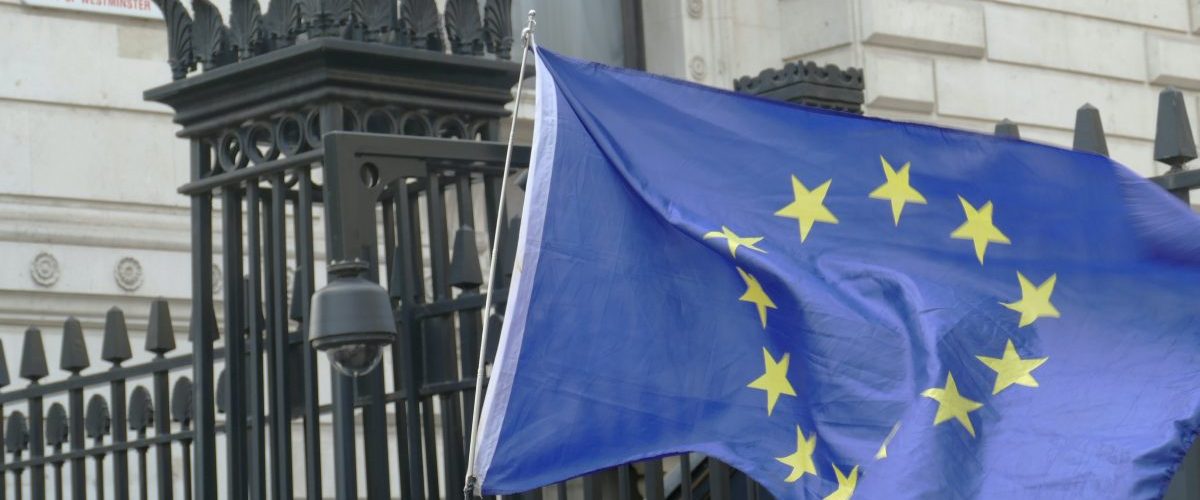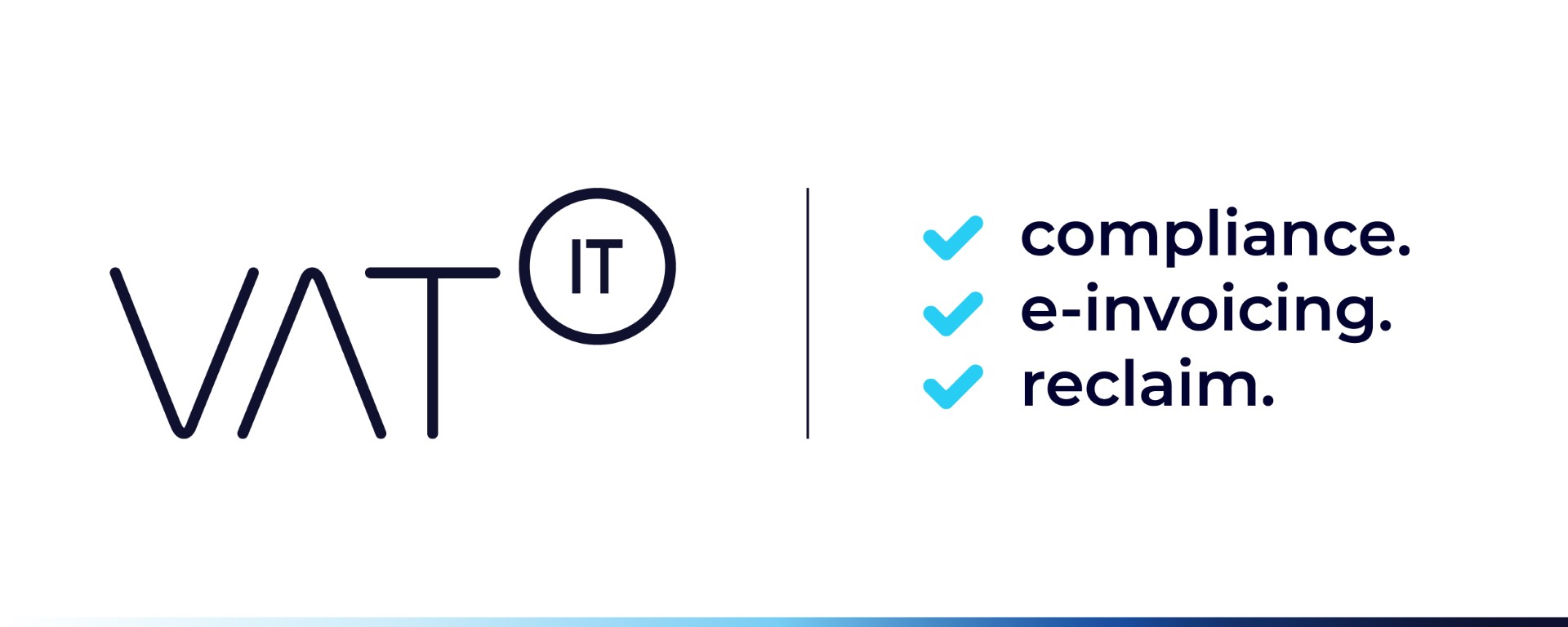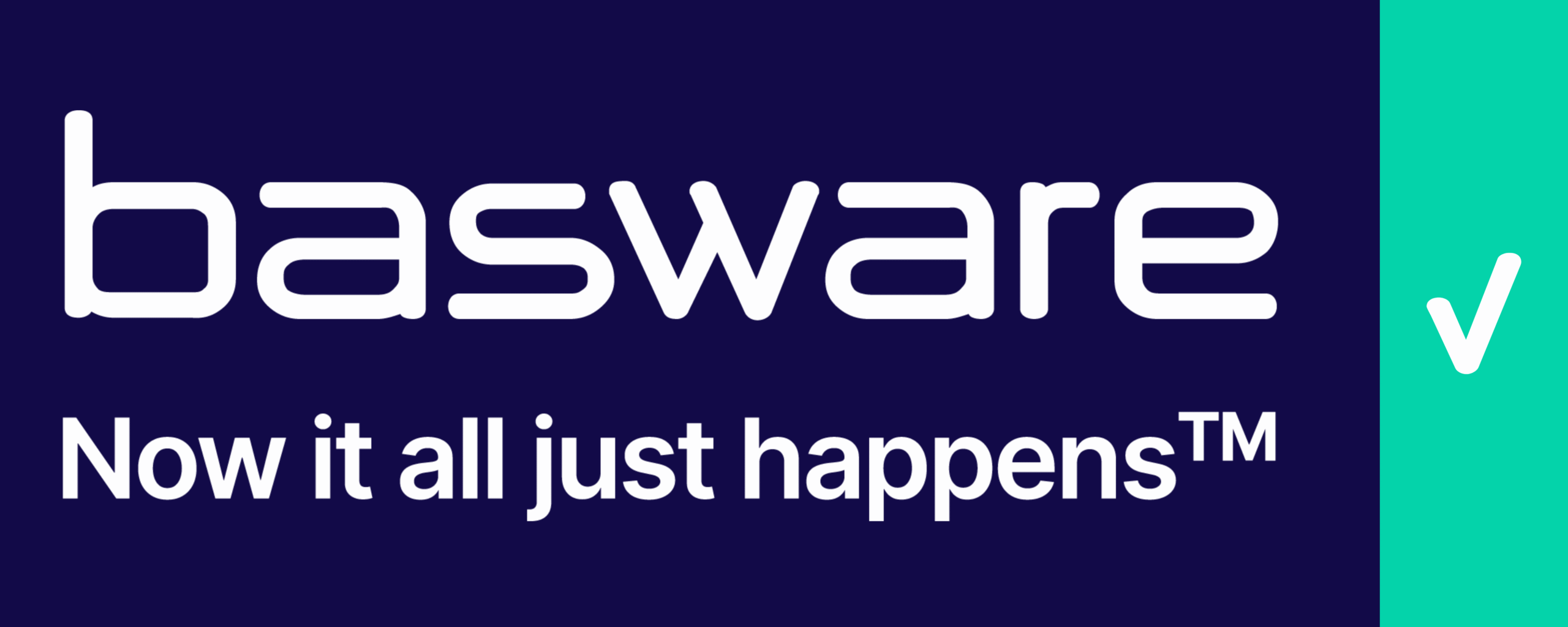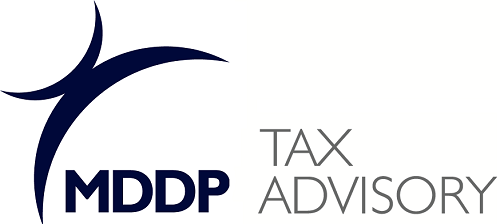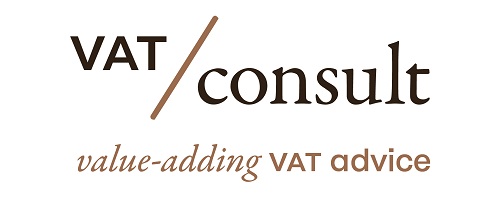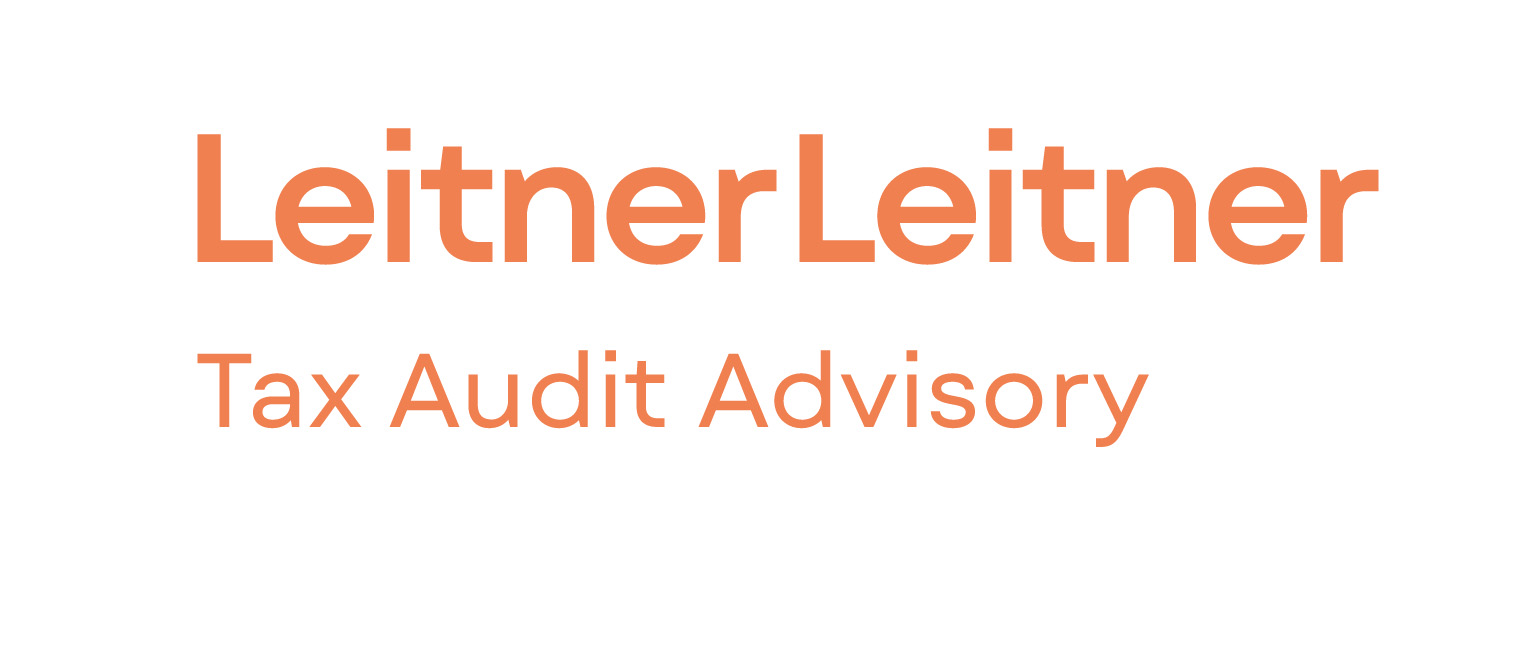In the midst of the Covid 19 crisis, cash-strapped economies across the EU are considering potential income boosts for their budgets. VAT is one of the most important sources of tax revenue for governments, however with statistics evidencing a significant VAT gap projected at circa EUR 164 billion across the EU in 2020, a move towards digitalisation as a means of reducing the lost VAT revenues is currently on the rise.
Several EU countries are taking the lead on modernising their VAT reporting systems in an attempt to prevent VAT evasion/avoidance and increase VAT compliance and, as a consequence, boost their VAT revenues. Alongside the continuing move towards adopting approaches such as Standard Audit File for Tax (SAF-T) and Real time reporting (RTR), electronic invoicing has become a focus for many EU countries.
Source Deloitte
Latest Posts in "European Union"
- Comments on GC T-646/24: Simplification measure for triangular transactions applicable to fourth link in the chain
- Comments on T-643/24: Playing Music Without Required License Is a Taxable Service
- GC VAT Case T-363/25 (UNIX) – Order – VAT deductions can not be denied solely due to invoice trustworthiness if the underlying transactions occurred
- PEM Zone: Implementation Status and Legal Fragmentation of Revised Origin Rules from January 2026
- Innovative Customs Education Workshop Spurs Collaboration; Final Chance for Universities to Apply for EU Recognition


